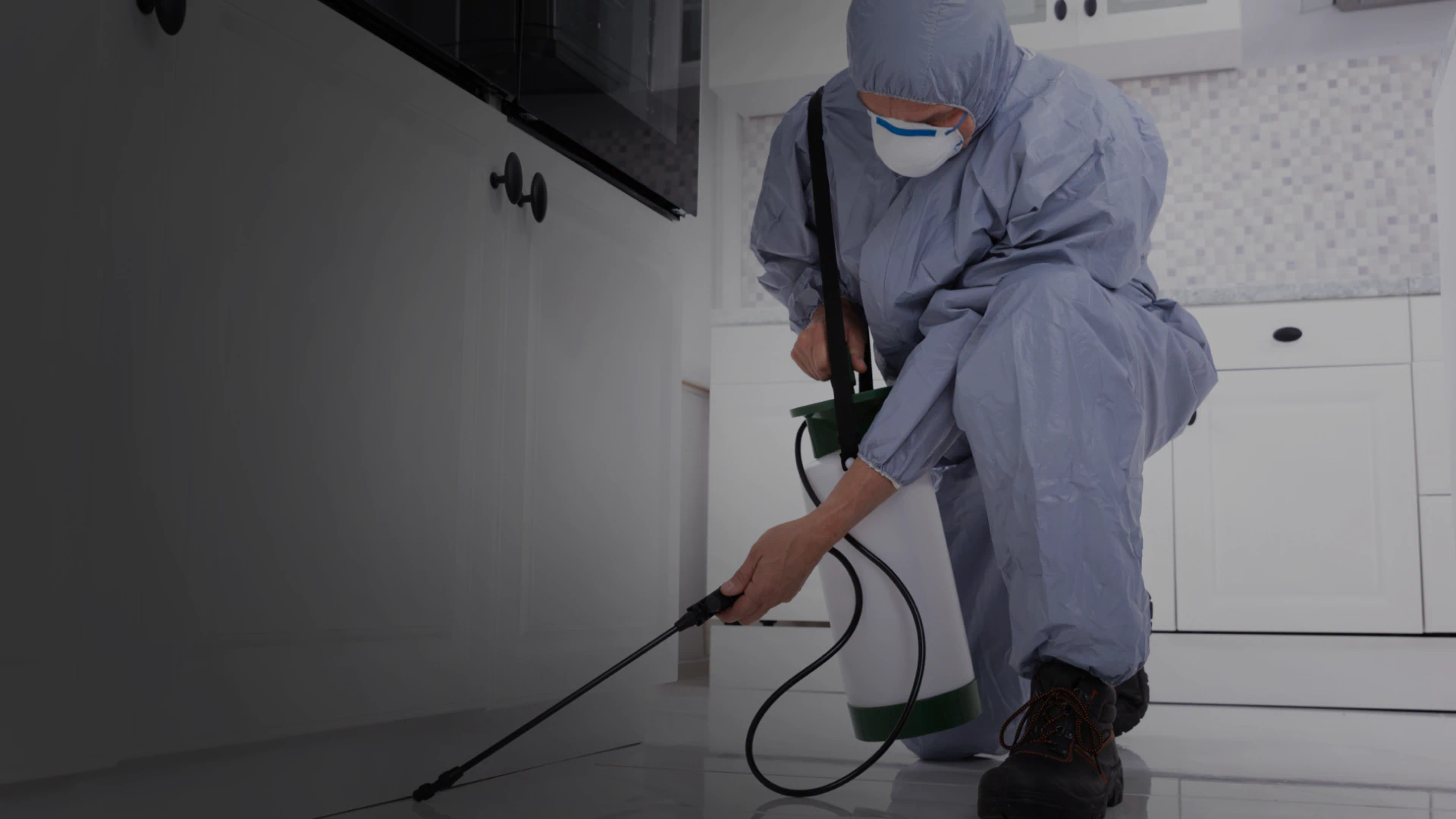Specialist Insect Control Techniques for Long-Term Results
In the realm of parasite control, accomplishing continual efficacy and lasting results requires a careful technique that transcends plain elimination. Specialist insect control techniques envelop a thorough strategy that starts with an extensive evaluation and analysis, adhered to by accurate insect identification to comprehend their actions patterns. The application of Integrated Insect Administration (IPM) concepts, paired with eco-conscious therapies, develops the cornerstone of sustainable bug elimination. Nevertheless, the true test depends on the continuous surveillance and maintenance of the dealt with areas, making certain a pest-free setting for the direct future. By diving into the ins and outs of these techniques, a deeper understanding of specialist pest control methods for withstanding end results arises.
Assessment and Evaluation
Upon entering a residential property for insect control services, the preliminary action is a thorough inspection and analysis to recognize the degree of the invasion and determine the most reliable treatment strategy. Specialist insect control professionals are educated to diligently analyze the premises, searching for indicators of bug task such as droppings, munch marks, nests, or any kind of structural damages. They will certainly also examine the problems that may be drawing in parasites, such as food sources, water leaks, or entrance points.

Parasite Recognition and Behavior

Additionally, recognizing the habits of the determined bug is vital to applying reliable control measures. Understanding where pests nest, what they feed on, and their activity patterns can assist pest control professionals create techniques to eradicate them effectively.
Integrated Parasite Administration (IPM)
Integrated Pest Management (IPM) techniques combine multiple techniques to control and avoid insect problems in a sustainable and environmentally friendly manner. bed bug exterminator. By incorporating approaches such as organic control, environment control, alteration of cultural techniques, and making use of resistant varieties, IPM aims to minimize using chemical pesticides
One of the crucial concepts of IPM is the emphasis on avoidance. This aggressive strategy includes tracking bug populations on a regular basis to identify any type of possible concerns before they rise. By identifying pest issues at an early stage, pest control actions can be implemented swiftly and properly.
In addition, IPM advertises the usage of safe bug control techniques whenever possible. This can consist of employing natural predators of the insects, presenting useful insects, or making use of pheromones to disrupt breeding patterns. By minimizing dependence on chemical pesticides, IPM not just secures the atmosphere but also helps keep an equilibrium in the community.
Environmentally-Friendly Treatments
Applying eco-conscious approaches in pest control procedures can effectively resolve problems while prioritizing ecological sustainability. Environmentally-friendly therapies concentrate on reducing the effect of parasite control techniques on ecosystems, non-target microorganisms, and human health. These techniques often entail the usage of all-natural killers, such as ladybugs or nematodes, to manage pest populations, minimizing the need for chemical treatments. In addition, strategies like environment manipulation, such as changing moisture degrees or removing food sources, can help prevent bugs without using unsafe substances.
Another secret facet of environmentally-friendly treatments is making use of natural and naturally degradable items that break down rapidly without leaving unsafe deposits in the setting. Agricultural pesticides derived from YOURURL.com plants like chrysanthemums or neem provide effective pest control while posturing minimal risk to non-target types. Employing methods like warm treatments or pheromone catches can target details pests with accuracy, minimizing the overall environmental effect of insect control methods.
Continuous Surveillance and Maintenance
Regular examinations by trained professionals are required to recognize any signs of pest task, assess the effectiveness of previous treatments, and make adjustments to the insect control strategy as needed. By monitoring parasite populations over time, parasite control professionals can track fads, expect prospective problems, and implement preventative actions to reduce the threat of future infestations.
In addition to monitoring, upkeep techniques are essential for long-term insect control success. This includes implementing correct hygiene measures to remove possible food and water resources for pests, securing off entry points to prevent insects from entering the properties, and addressing any type of architectural problems that could use this link promote insect problems (exterminator). By including continuous monitoring and upkeep right into an incorporated insect monitoring strategy, businesses can guarantee a pest-free setting and guard their building versus costly damages and wellness threats
Verdict
In conclusion, making use additional reading of professional pest control techniques such as complete assessment and assessment, accurate bug recognition and understanding of their habits, integrated insect administration techniques, environmentally-friendly therapies, and ongoing tracking and maintenance are important for accomplishing long-lasting outcomes in parasite control. By implementing these techniques, individuals can efficiently manage insect infestations and keep a pest-free setting in a lasting fashion.